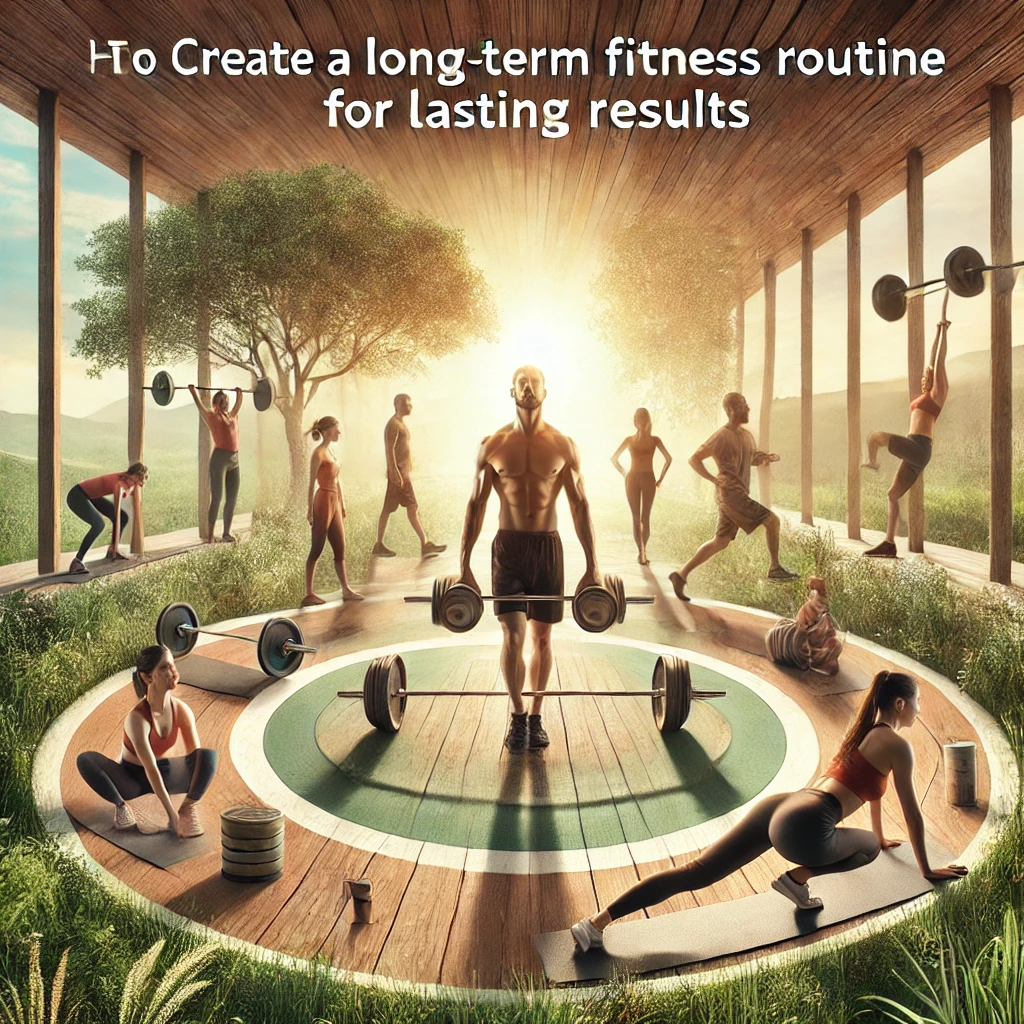
How to Create a Sustainable Fitness Routine for Long-Term Results
Discover practical strategies to build a lasting fitness habit that fits your lifestyle.
Why Most Fitness Routines Fail
Let’s be honest—how many times have you started a new workout plan only to quit after a few weeks? It’s not just you; it happens to most people. The key reason? A lack of sustainability. Many routines are too intense, unrealistic, or simply don’t fit into daily life.
Step 1: Set Realistic Fitness Goals
Start Small and Build Up
Setting an ambitious goal like running a marathon in a month might sound inspiring, but it’s a recipe for burnout. Instead, start small—maybe aim for 10-minute workouts and gradually increase the duration.
Make Your Goals SMART
Specific, Measurable, Achievable, Relevant, and Time-bound (SMART) goals keep you on track. Instead of saying, "I want to get fit," try, "I’ll walk 30 minutes, five times a week."
Step 2: Find a Workout You Actually Enjoy
Experiment with Different Fitness Routines
Not a fan of running? No problem. Try strength training, swimming, cycling, or even dancing. The best workout is the one you’ll stick to.
Beginner's Guide to Yoga
Yoga is an excellent way to improve flexibility, strength, and mental well-being. If you’re new, start with basic poses like downward dog and warrior pose.
Step 3: Fuel Your Body with Healthy Eating Plans
Top Diet Trends for Weight Loss
From intermittent fasting to the Mediterranean diet, find an eating plan that complements your fitness journey. Just remember: sustainable weight loss isn’t about starvation—it’s about nourishing your body.
Top 10 Diet Tips to Maintain a Healthy Lifestyle
- Eat more whole foods and fewer processed ones.
- Stay hydrated—water is your best friend.
- Don't skip meals; it slows your metabolism.
- Balance carbs, proteins, and fats for energy.
Step 4: Prioritize Mental Health and Self-Care
Simple Meditation Practices
Meditation is a powerful tool for reducing stress and improving focus. Try guided meditation apps or simply sit in silence for five minutes each day.
The Role of Sleep in Mental Health
Sleep is just as important as diet and exercise. Poor sleep can lead to stress, weight gain, and lack of motivation.
The Connection Between Sleep and Productivity
Quality sleep enhances focus, performance, and overall well-being. Aim for 7-9 hours per night.
Step 5: Invest in Affordable Fitness Equipment
You don’t need an expensive gym membership to get fit. Resistance bands, jump ropes, and yoga mats can help you stay active without breaking the bank.
Step 6: Stay Motivated with Accountability
Find a Workout Buddy
Having a friend to exercise with increases motivation and makes workouts more fun.
Track Your Progress
Use a fitness app or journal to record your achievements. Seeing progress will keep you going.
Step 7: Adapt and Adjust
Life happens—work, family, and responsibilities can get in the way. Instead of quitting, adjust your routine as needed. Flexibility is the secret to longevity.
Conclusion
Creating a sustainable fitness routine isn’t about perfection—it’s about consistency. Choose activities you enjoy, eat nourishing foods, prioritize mental health, and stay flexible in your approach. Long-term success comes from making small, manageable changes that fit into your lifestyle.
Frequently Asked Questions
1. How do I create a personalized fitness plan?
Start by assessing your current fitness level, setting SMART goals, choosing enjoyable workouts, and creating a flexible schedule.
2. What are the best mindfulness practices for reducing stress?
Meditation, deep breathing exercises, yoga, and journaling can help lower stress levels.
3. What’s the best way to stay consistent with fitness routines?
Find activities you enjoy, set realistic goals, track progress, and build a support system for accountability.
4. How can I make healthy eating more affordable?
Plan meals ahead, buy in bulk, prioritize whole foods, and cook at home to save money.
5. What are some affordable fitness routines for busy professionals?
Bodyweight exercises, home workouts with resistance bands, short HIIT sessions, and lunchtime walks are great options.